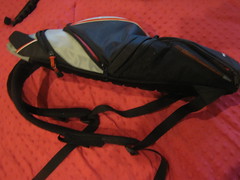Yesterday evening, Lauren and I took a quick trip to the Basilica Cistern, or, as it’s called here, the Yerebatan Sarayı (sunken palace). The ancient cistern was constructed during the reign of Justinian I, by the labor of a supposed 7,000 slaves. It was used as a water filtration system for hundreds of years.
Today, the cistern is nearly empty of water, so tourists can walk around on platforms suspended over the water. The place is very leaky and damp – I got startled a few times when a big fat drop would fall on my face.
A big tourist draw to the cisterns are the large stone Medusa heads in the underground chamber. Historians don’t know where the heads came from, why they’re there, or why one of the heads is tilted on one side.

I couldn’t get a good photo of the whole place because it was so dark. I suppose back in the day, this place would have been incredibly eerie. But on our visit, with 100 kids underfoot, the place was booming with echoes. Regardless, it was cool to visit someplace that was so historic and preserved for generations upon generations.



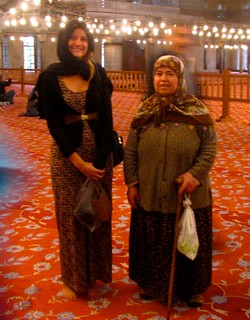
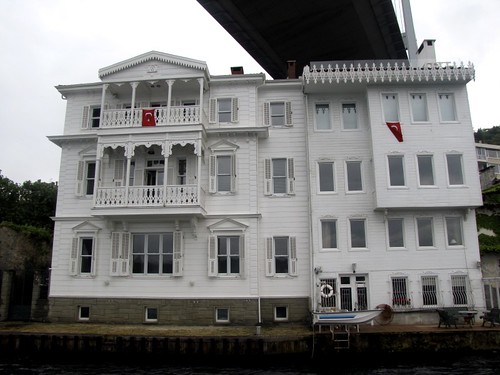
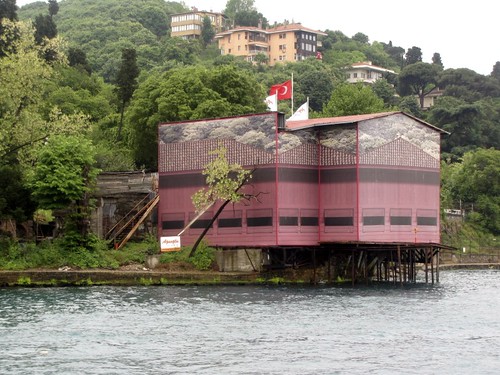

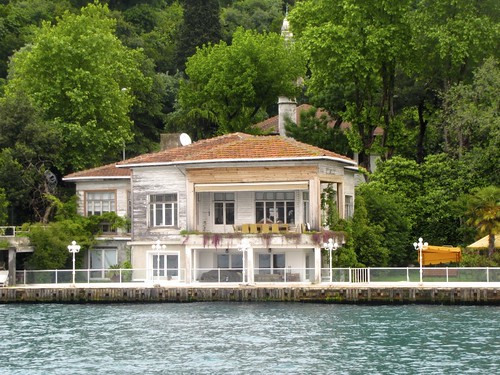
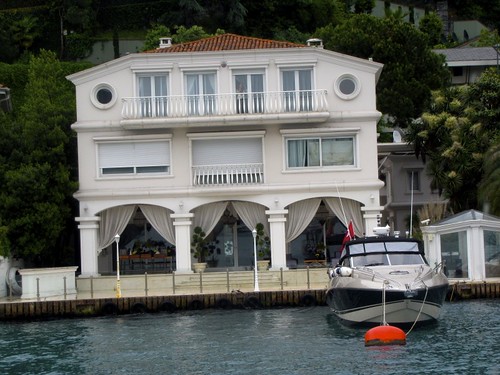



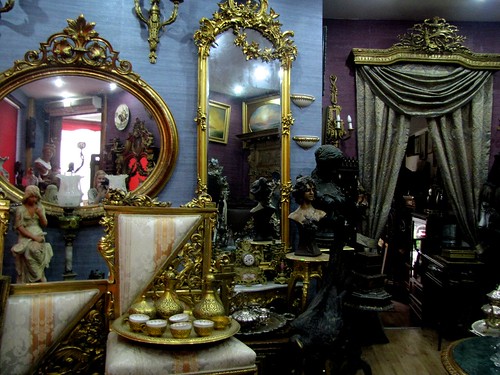
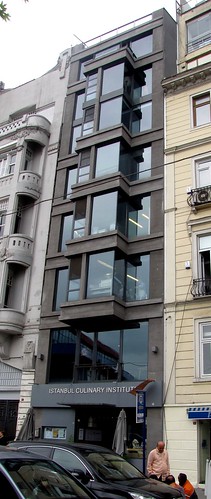
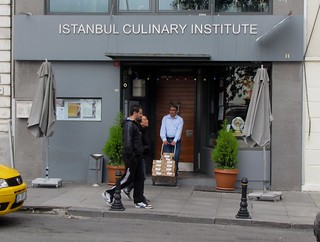
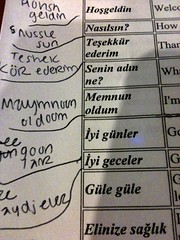

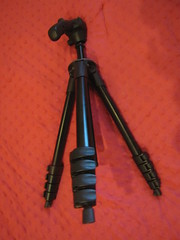 Audio Recorder – We’ll use recorders when we do interviews to get the best-quality audio for our video.
Audio Recorder – We’ll use recorders when we do interviews to get the best-quality audio for our video.
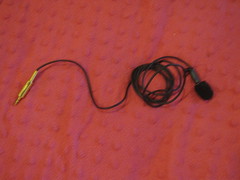
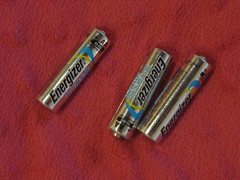 Camera Bag – All of this equipment, plus cords and headphones, fits into a compact camera bag.
Camera Bag – All of this equipment, plus cords and headphones, fits into a compact camera bag.